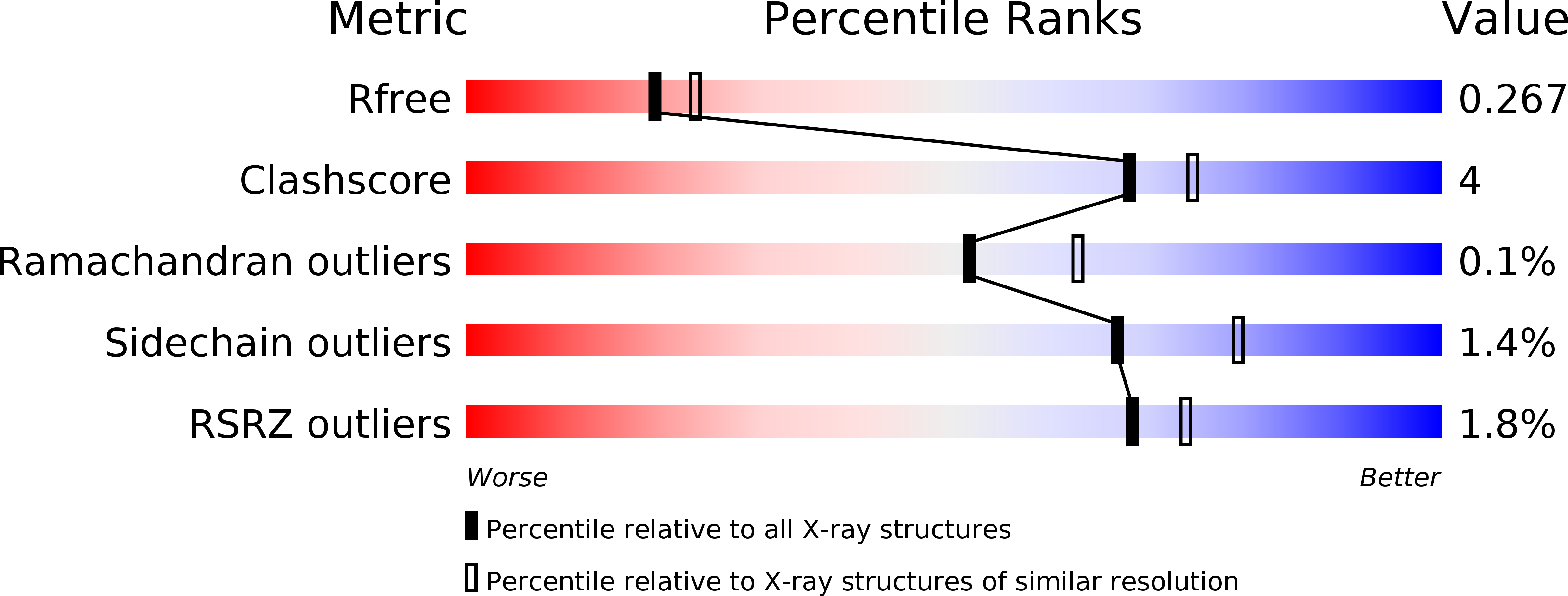
Deposition Date
2011-09-19
Release Date
2011-10-26
Last Version Date
2024-02-28
Method Details:
Experimental Method:
Resolution:
2.27 Å
R-Value Free:
0.26
R-Value Work:
0.21
R-Value Observed:
0.21
Space Group:
C 1 2 1


